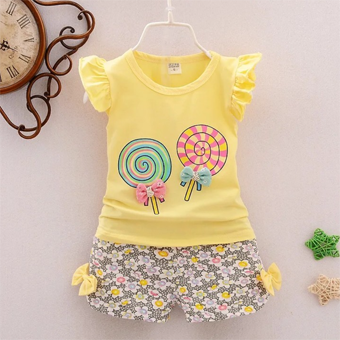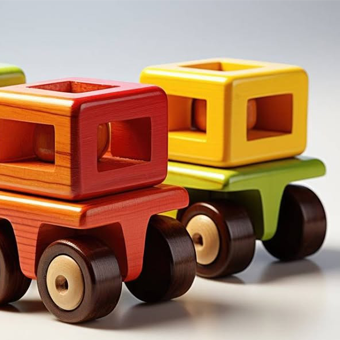“Are You Missing Play in Your Life?”


Play is the unsung hero of stress management and wellbeing. Intentional and regular practice of playfulness is vital for busy ADHD brains that field many competing interests at a time – from careers and families to household obligations, symptom management, and more. Play, unfortunately, is often pushed to the bottom of the priority list.
The Benefits of Play
Play – engaging in a fun, amusing, entertaining, activity for the joy of it – is an effective way to boost the feel-good hormone dopamine that so many ADHD brains crave. Dopamine reduces stress and brings calm, promotes creativity and cooperation, and even reduces inflammation. Play can also individuals help break out of hyperfocus, which can lead to ADHD burnout if left uninterrupted. Play allows the body and mind to rest, process, and restore its energy to make it through another day.
Fitting in Play
Play isn’t just for children. It’s as important as everything else on your to-do list. But what counts as play? According to Peter Gray, Ph.D., the psychologist and author, play is:
[Read: The Perils of All Work, No Play]
- self-chosen and self-directed
- intrinsically motivated rather that outcome based
- guided by mental rules that leave room for creativity
- imaginative
- conducted in an alert, active, but relatively non-stressed frame of mind
The possibilities for play, it seems, are endless! All things creative and artistic fit – from playing an instrument and painting to building puzzles and making up games. Still, integrating play through the day can seem impossible with a busy schedule. In her TEDx Talk “Play: The Cure for Burnout,” Acey Holmes, CEO of BoredLess, suggests weaving play into everyday situations and responsibilities to make them interesting or entertaining. Some ideas include the following:
- Listen to your favorite music while doing chores or work duties – and perhaps break out in dance while you’re at it.
- Institute play breaks in between tasks. One of my clients loves the Paint by Number coloring app to let her mind wander creatively through the day. Setting an alarm may prevent your mind from wandering so far off track that it can’t return.
- In the spaces where you get work done, introduce appealing scents and imagery you find fun or inspiring.
- Equip your workspace with toys (anything from LEGOs to fidgets) that light up your brain.
- Play a harmless prank on family members to get everyone’s laughter going.
Whichever way you integrate play into your life, know that it is a powerful way to manage stress and increase productivity and joy — ADHD or otherwise. Even if things feel overwhelming, try looking for at least one way to play each day. You may be surprised by how easy it is to rediscover play once you pay attention to it.
Portions of this post were inspired by my book: Powered by ADHD: Strategies and Exercises for Women to Harness Their Untapped Gifts.
How to Be Playful: Next Steps
SUPPORT ADDITUDE
Thank you for reading ADDitude. To support our mission of providing ADHD education and support, please consider subscribing. Your readership and support help make our content and outreach possible. Thank you.
References
Quintero, Olga L., et al. “Autoimmune disease and gender: plausible mechanisms for the female predominance of autoimmunity.” Journal of autoimmunity 38.2-3 (2012): J109-J119.
Brauer, K., Scherrer, T., & Proyer, R. T. (2021). Testing the Associations Between Adult Playfulness and Sensation Seeking: A SEM Analysis of Librarians and Police Officers. Frontiers in psychology, 12, 667165. https://doi.org/10.3389/fpsyg.2021.667165
















Leave a comment